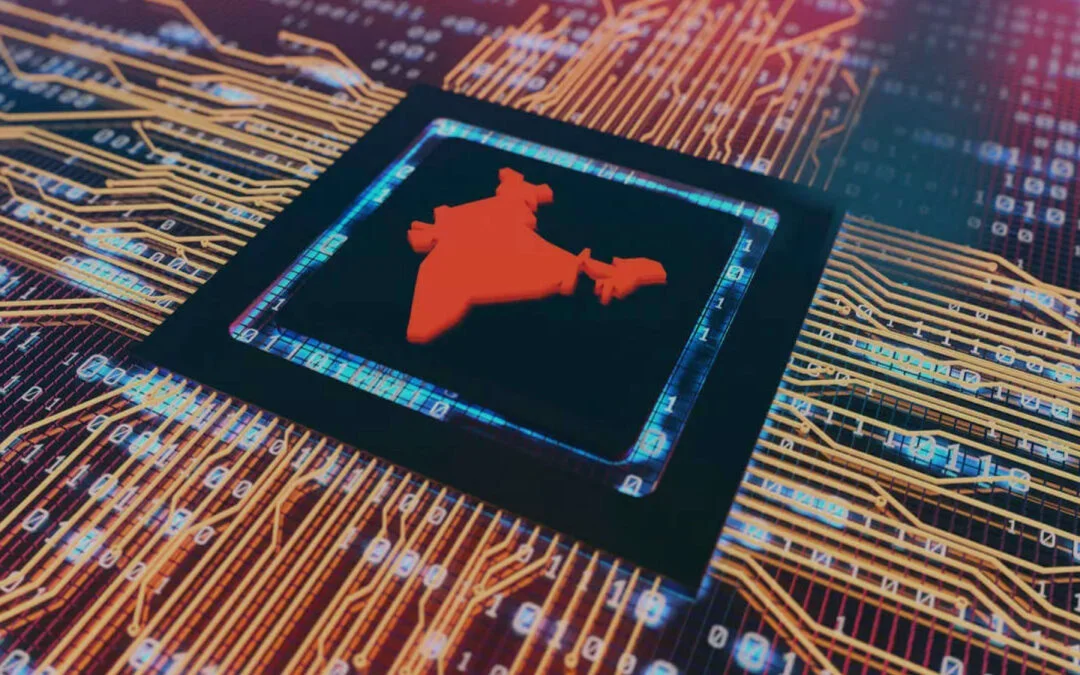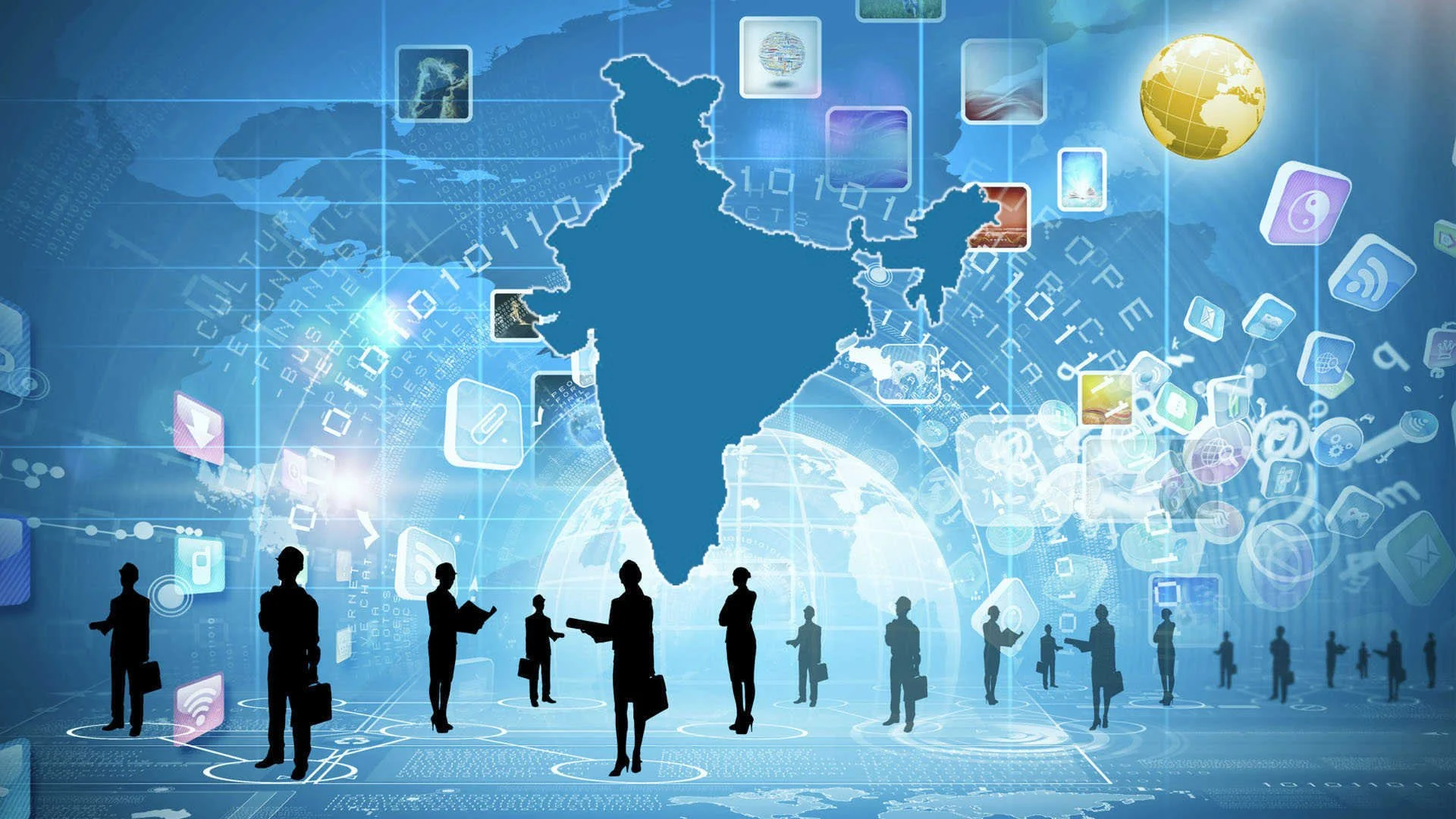#FactCheck - Viral Video Misrepresents Hon'ble Minister of Home Affairs, Shri Amit Shah's Remarks on Reservations, Debunked as Digitally Altered
Executive Summary:
A video has gone viral that claims to show Hon'ble Minister of Home Affairs, Shri Amit Shah stating that the BJP-Led Central Government intends to end quotas for scheduled castes (SCs), scheduled tribes (STs), and other backward classes (OBCs). On further investigation, it turns out this claim is false as we found the original clip from an official source, while he delivered the speech at Telangana, Shah talked about falsehoods about religion-based reservations, with specific reference to Muslim reservations. It is a digitally altered video and thus the claim is false.

Claims:
The video which allegedly claims that the Hon'ble Minister of Home Affairs, Shri Amit Shah will be terminating the reservation quota systems of scheduled castes (SCs), scheduled tribes (STs) and other backward classes (OBCs) if BJP government was formed again has been viral on social media platforms.

English Translation: If the BJP government is formed again we will cancel ST, SC reservations: Hon'ble Minister of Home Affairs, Shri Amit Shah


Fact Check:
When the video was received we closely observed the name of the news media channel, and it was V6 News. We divided the video into keyframes and reverse searched the images. For one of the keyframes of the video, we found a similar video with the caption “Union Minister Amit Shah Comments Muslim Reservations | V6 Weekend Teenmaar” uploaded by the V6 News Telugu’s verified Youtube channel on April 23, 2023. Taking a cue from this, we also did some keyword searches to find any relevant sources. In the video at the timestamp of 2:38, Hon'ble Minister of Home Affairs, Shri Amit Shah talks about religion-based reservations calling ‘unconstitutional Muslim Reservation’ and that the Government will remove it.

Further, he talks about the SC, ST, and OBC reservations having full rights for quota but not the Muslim reservation.
While doing the reverse image, we found many other videos uploaded by other media outlets like ANI, Hindustan Times, The Economic Times, etc about ending Muslim reservations from Telangana state, but we found no such evidence that supports the viral claim of removing SC, ST, OBC quota system. After further analysis for any sign of alteration, we found that the viral video was edited while the original information is different. Hence, it’s misleading and false.
Conclusion:
The video featuring the Hon'ble Minister of Home Affairs, Shri Amit Shah announcing that they will remove the reservation quota system of SC, ST and OBC if the new BJP government is formed again in the ongoing Lok sabha election, is debunked. After careful analysis, it was found that the video was fake and was created to misrepresent the actual statement of Hon'ble Minister of Home Affairs, Shri Amit Shah. The original footage surfaced on the V6 News Telugu YouTube channel, in which Hon'ble Minister of Home Affairs, Shri Amit Shah was explaining about religion-based reservations, particularly Muslim reservations in Telangana. Unfortunately, the fake video was false and Hon'ble Minister of Home Affairs, Shri Amit Shah did not mention the end of SC, ST, and OBC reservations.
- Claim: The viral video covers the assertion of Hon'ble Minister of Home Affairs, Shri Amit Shah that the BJP government will soon remove reservation quotas for scheduled castes (SCs), scheduled tribes (STs), and other backward classes (OBCs).
- Claimed on: X (formerly known as Twitter)
- Fact Check: Fake & Misleading



.webp)


